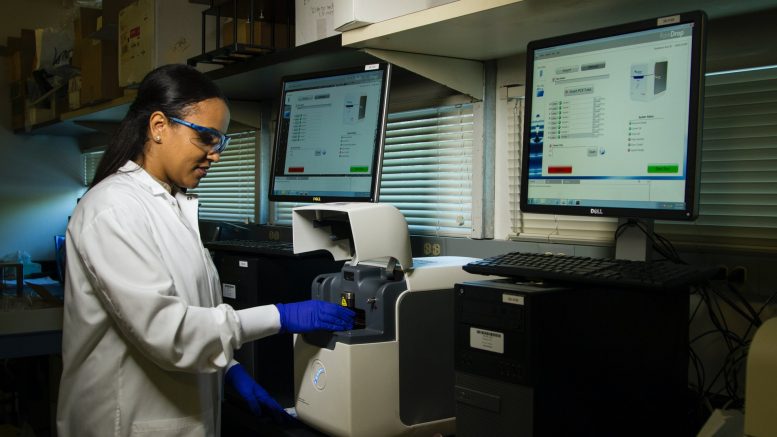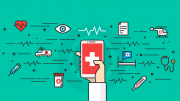During the COVID-19 pandemic, healthcare researchers turned to new technology to keep medical trials running while protecting both themselves and their patients from the virus. The U.S. Food and Drug Administration, likely in response to the growing popularity of this technology, has released new draft guidance for companies using health monitoring hardware or software in medical research.
FDA Draft Guidance on Digital Health Technologies
The guidance is titled “Digital Health Technologies for Remote Data Acquisition in Clinical Investigations.”
According to the Federal Register notice on the guidance’s publication, it is intended to outline the potential of digital health technologies (DHTs) for data collection in medical trials and establish the agency’s current thinking on DHTs.
“Advances in sensor technology, general-purpose computing platforms, and methods for data transmission and storage have revolutionized the ability to remotely obtain and analyze clinically relevant information from individuals.”
These digital health technologies play a growing role in clinical research and trials. One important benefit of these DHTs is that they can provide researchers with continuous information on a study participant’s health, regardless of their location or distance from the researchers conducting the study.
These tools could help make clinical trials more accessible to individuals who have been previously excluded from research due to barriers like geographic distance or transportation struggles.
The right DHT can also help ensure compliance from participants who would otherwise need to track health information throughout their day — and whether they are at work, school, home or outdoors. This information can help provide a fuller picture of participants’ lives and reactions to study interventions.
The same DHTs could also “facilitate the direct collection of information from participants who are unable to report their experiences (e.g., infants, cognitively impaired individuals).”
Draft Guidance Offers Best Practices for Remote Data Acquisition Users
In addition to describing the current potential and benefits of DHTs in medical research, the guidance also contains considerations and recommendations for study sponsors that plan to use DHTs.
Recommendations include suggested best practices for selecting DHTs for a medical study, the description of DHTs in regulatory submissions, verification and validation of study DHTs and the definition and evaluation of clinical endpoints from DHT-collected data.
The guidance also covers the cybersecurity and privacy implications of data-collecting DHTs. Remote data acquisition using these technologies can generate large amounts of sensitive data on patient health. Without the right protections, this data could put the privacy of those patients at risk. Poor data management could also result in the loss of essential study information.
In the guidance, the FDA recommends additional best practices for protecting patient data, securely storing sensitive information and general DHT risk management.
The draft guidance, once finalized, will not “establish any rights for any person” and will not be “binding on FDA or the public,” according to the FDA’s Federal Register notice.
The FDA is seeking comment on the draft guidance from industry, investigators, and other stakeholders by March 23, 2022.
What the FDA’s Guidance May Mean for Researchers and Healthcare Providers
Over the past few years — and during the COVID-19 pandemic, especially — smart medical devices and healthcare software of all kinds have become much more common in medical environments.
The growing popularity of wearables and connected health technology as sources of remote data acquisition, both in clinical trials and in clinical practice, likely pushed the FDA to issue this draft guidance.
The guidance is also part of a broader effort by the FDA to update and clarify the agency’s positions towards the use of both medical hardware and software. Much of the existing FDA guidance on medical hardware and software is outdated, and likely doesn’t reflect many of the recent developments made by medical hardware and software developments.
Other important developments include the “guiding principles” on AI/ML device development that the FDA published in October last year. These principles provide recommendations, information and best practices similar to those outlined in the new draft guidance for DHTs.
The most important move from the FDA has likely been the publication of new draft guidance on medical software. This guidance, once finalized, will replace the current FDA guidance on software in a medical device (SiMD) and software as a medical device (SaMD), which is currently more than 16 years old.
FDA Offers New Clarity on DHTs With Draft Guidance
The new draft guidance on Digital Health Technologies for Remote Data Acquisition will provide some support to study sponsors who opt to use these technologies in their research.
The guidance will also explain the benefits of these technologies and offer an update on the FDA’s current attitude towards data-collecting health devices.
By Shannon Flynn, ReHack





